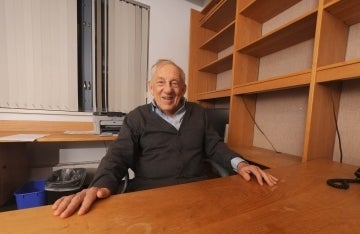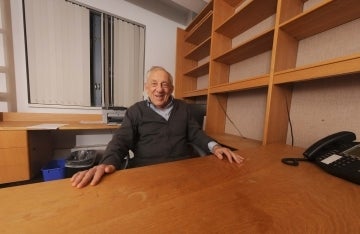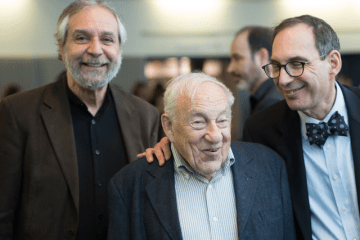Klaus Krippendorff, Ph.D., Pioneer of Content Analysis and Cybernetics, Dies at 90
On the faculty since 1964, Krippendorff remains the longest-tenured faculty member in the history of the school.
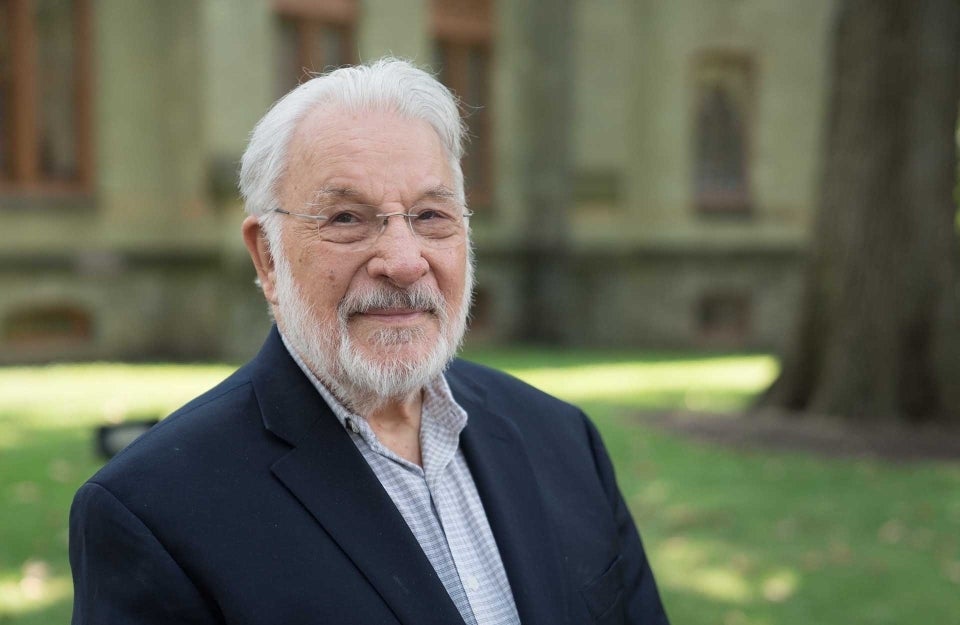
Klaus Krippendorff, Ph.D., Ph.D. h.c.
Klaus Krippendorff, the Gregory Bateson Professor Emeritus of Communication, who spent 58 years on the faculty of the University of Pennsylvania’s Annenberg School for Communication, passed away on October 10 at the age of 90. He remains the longest-tenured faculty member in the history of the school.
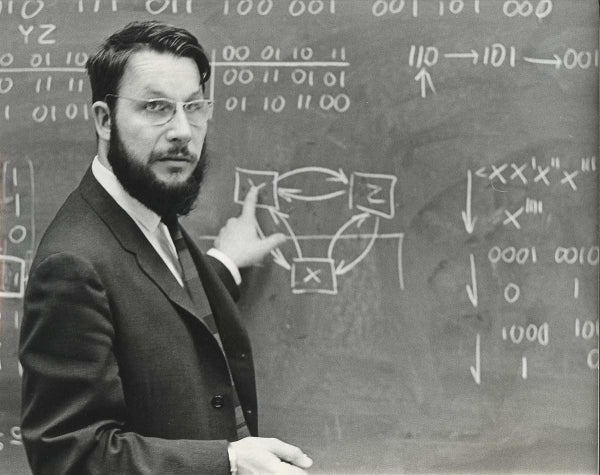
Krippendorff was best-known as a pioneer in the study of content analysis, but was also influential in the fields of cybernetics and design. He also taught and wrote extensively on the discursive constructions of reality.
Throughout his career, Krippendorff published more than 250 books and articles on communication, cybernetics, and human-centered design. He received numerous awards, including an honorary degree from Linnaeus University, Sweden. He also was a fellow of the American Association for the Advancement of Science (AAAS), the International Communication Association (ICA), the East-West Center in Hawaii, and the Netherlands Institute for Advanced Studies.
Klaus Herbert Krippendorff was born in 1932 in Frankfurt, Germany.
His father, Herbert, was an engineer and his mother, Charlotte, a housewife with boundless energy for projects like creating a breast milk exchange. Both of his parents spent time living and working in the United States. They spoke to their four children with enthusiasm about the U.S., and used English as a secret language when they didn’t want the kids to understand. This engendered a fascination that would later take both Klaus and his brother Ekkehart to America.
The family moved throughout his childhood, but Krippendorff felt most at home in the city of Halberstadt, where he remembers the Americans bombardment that ended World War II.
After the war he was sent to live with an aunt in Dresden, but didn’t like the school he attended, and convinced his parents to send him back to Halberstadt, where, from 1946 to 1949, he was an apprentice in a mechanic’s shop. Being in the Russian zone of the now-divided Germany, the Russians were claiming all private property, putting Klaus’s father out of a job and leading the Krippendorff family to secretly decamp — with Klaus, his mother, and two siblings literally sneaking across the border on foot in the dead of night — for Western-controlled Germany.
The family reunited in Düsseldorf, West Germany, and Klaus got a job as a toolmaker in a factory. He became part of a revival of the Wandervogel as, he described, “a kind of liberation movement, away from the generation that collaborated with the Nazis or didn’t do anything about them.” With the group, Krippendorff hitchhiked all through Europe, worked on a reforestation project to replace the trees the British had taken as war reparations, and began to learn about different political philosophies.
Krippendorff completed a graduate education in engineering in 1954 at the State Engineering School in Hanover, Germany, and, after becoming disillusioned with the everyday practice of engineering, he attended the progressive and experimental Ulm School of Design, considered one of the most influential design schools following the Bauhaus movement. Krippendorff credits that experience as opening up “new ways of vision.”
Following graduation from Ulm, with a Ford Foundation Fellowship and Fulbright Fellowship to study at Princeton University, Krippendorff traveled the United States with intellectual questions to explore: How do artifacts communicate with humans? How does a refrigerator door, for example, tell its user to grab its handle? These questions would lead to others and fuel a lifetime of intellectual curiosity and discovery.
Chafing at Princeton’s traditionalism, Krippendorff spent that first summer crossing the country in his Volkswagen Bug, pulling into university parking lots, knocking on the office doors of professors whose research seemed to fit his intellectual ambitions, and ultimately finding a home at the University of Illinois, Urbana-Champaign, where he completed his Ph.D. at its Institute of Communications Research.
It was there that he met his first wife, Sultana Alam, Ph.D., with whom he would have two children: Kaihan Krippendorff, Ph.D., a business author and entrepreneur and Heike Sullivan, Esq., a partner at Ballard Spahr LLP.
Krippendorff took his first, and, as it would turn out, only, faculty position as a member at what was then called the Annenberg School of Communications at the University of Pennsylvania in 1964, beginning to teach even before he had completed his Ph.D. He was, in fact, the first member of the faculty to have a Ph.D. in Communication, which was at that time a new field. From this central perch, he would continue his pioneering work in multiple fields.
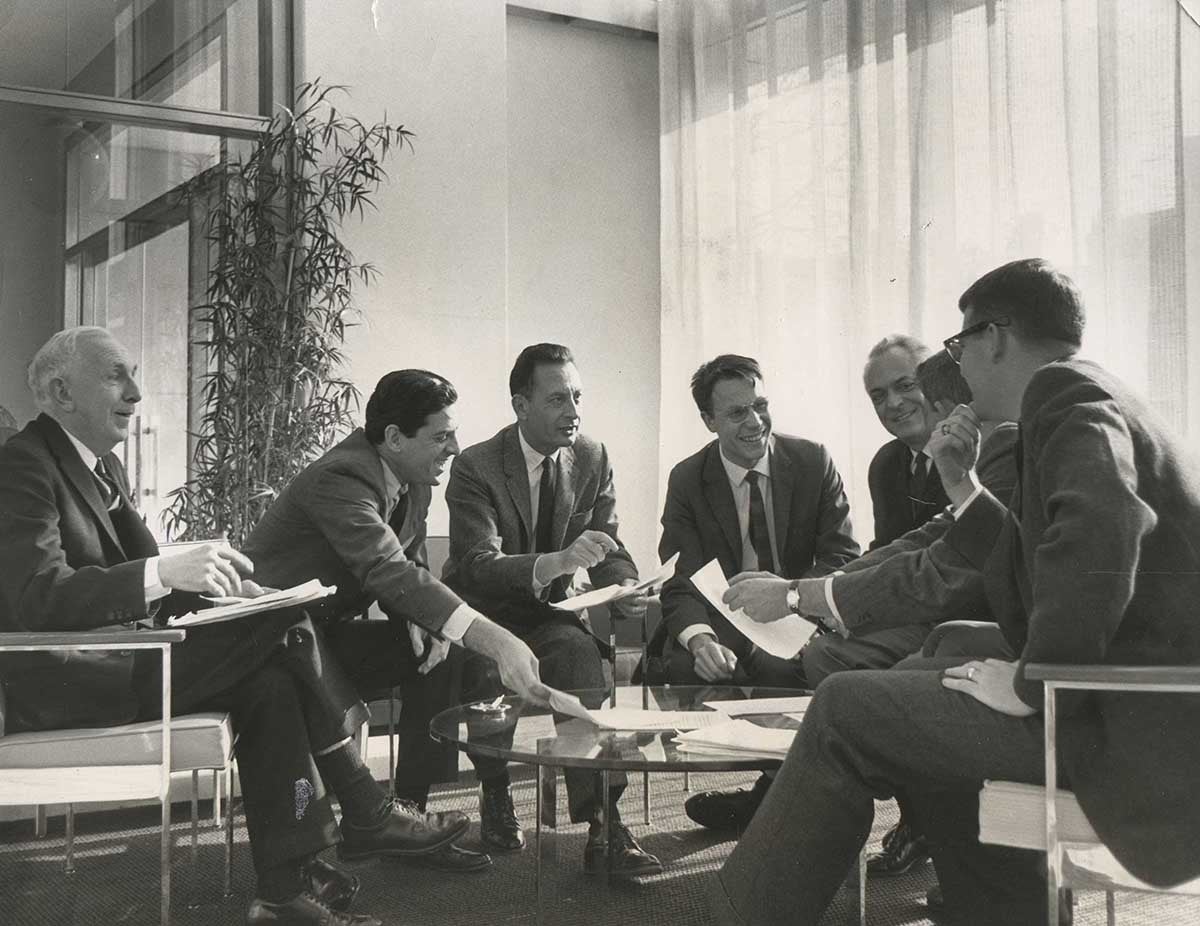
Driven by his early interest in design, he would advance the study of human-centered design, publishing numerous articles culminating in a seminal book on design, The Semantic Turn: A New Foundation for Design. He would advance theories of social constructionism — the idea that language shapes our reality — which have influenced the fields of psychology, organizational design, and advertising, among others. He developed a course on the subject for which, in 1998, graduate students at Penn named him the teacher of the best doctoral course.
Colleagues also credit him as an excellent designer. He was the unofficial photographer for the Annenberg School in its early decades, and designed some of the printed materials for students. His posters, including one he designed announcing the birth of his daughter, hung on colleagues’ office walls. He even designed a logo for ICA that was used for more than a decade.
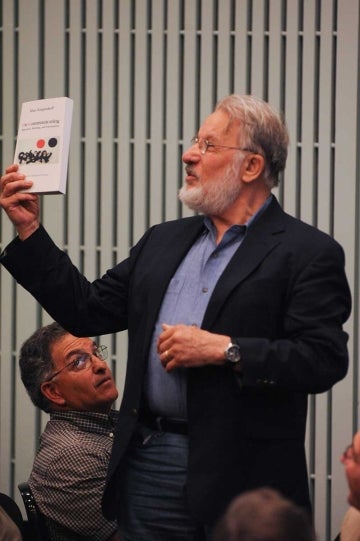
He would become one of the most prominent researchers in the field of cybernetics, which has advanced our understanding of cognitive, psychological, and social systems, among others, and contributed to the field of machine learning. For his work, he was awarded the Norbert Wiener Medal in Cybernetics by the American Society for Cybernetics in 2001 and the Norbert Wiener/Hermann Schmidt Prize from the German Society for Cybernetics and German Society for Pedagogy and Information in 2004.
While any of these advances – in human-centered design, social constructionism, or cybernetics – would warrant a full life’s ambition, Krippendorff is perhaps best-known for his pioneering work in content analysis, the science of categorizing written, audio, or visual content in order to make them analyzable.
His most well-known creation, “Krippendorff’s Alpha,” was developed in the late 1960s when Dean George Gerbner was tapped by the U.S. Secretary of Health and Human Services to prepare a report about violence on television. To take on this major task, Gerbner assembled a team of scholars which included Krippendorff, Martin Brouer, and Cedric Clark.
When tasked with categorizing which programs were and weren’t violent, they found that different individuals were perceiving violence in different ways, and they worried that the data on which their study rested would be found wanting.
Krippendorff created his now-famous measure as a way to validate inter-coder reliability — in essence, a mathematical formula to ensure that researchers had a basic agreement on the nature of the phenomenon being analyzed.
While other methodologies used in communication are borrowed from other fields, content analysis belongs squarely to the discipline, says Krippendorff’s longtime colleague, Professor Robert C. Hornik, the Wilbur Schramm Professor Emeritus of Communication at Annenberg.
“Trying to establish the meaning of content was fundamentally in the field of communication,” says Hornik, “and Klaus was a central figure — maybe the central figure — in content analysis.”
Krippendorff’s Alpha remains one of the gold standards in content analysis, advancing the fields of political science, social science, marketing, national security, machine learning, and others. Krippendorff’s classic book, Content Analysis: An Introduction to Its Methodology, is recognized as one of the most influential in the field, having been cited more than 50,000 times and receiving the International Communications Association Fellows Book Award in 2001.
In 1984, Krippendorff became the first of four Annenberg faculty to serve as presidents of ICA. In his memorable inaugural address, Krippendorff discussed the constructive nature of science, pointing out that unlike the notion that science is purely objective, scientists make decisions about what to study and how to study it.
“I’ve always thought that was an intellectual tour de force, and I’ve used it in my classes,” says Joseph N. Cappella, the Gerald R. Miller Professor of Communication at Annenberg and another longtime colleague. “It was a turning point in his thinking as he moved toward more constructivist views of the world.”
His tenure as ICA president also came at a time when the association was growing in influence.
“Klaus became one of the significant players in establishing the centrality of the Annenberg School within the field,” says Larry Gross, Professor of Communication at USC Annenberg and Krippendorff’s colleague at Penn’s Annenberg School from 1968 to 2003. “Klaus, through his involvement with ICA, played a role in connecting the school with the theoretical end of the discipline.”
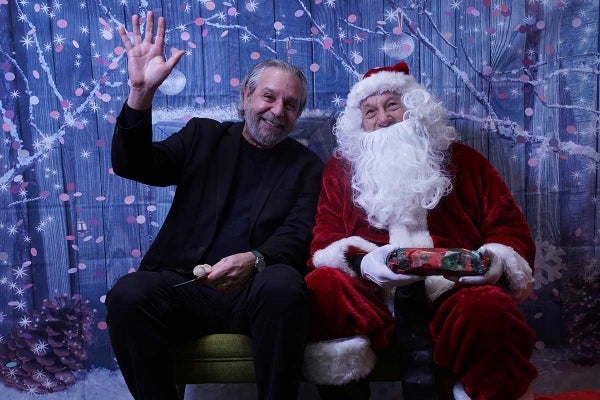
Krippendorff’s family also describes him as “a tinkerer of life.” He built sculptures, one of which — a 3-dimensional, 3-point star formed from a single sheet of stainless steel — attracted the attention of the police as Krippendorff drove down the autobahn with it sticking out the back of his trunk. Krippendorff also built a cubical computer that, instead of a screen, displayed a 9 X 9 set of light bulbs that would flash in random order.
In 1971, he and several Annenberg students joined a group of non-violent peace activists using their bodies and canoes to blockade a ship carrying weapons to Bangladesh. It formed the basis of the documentary Blockade, which was screened at Annenberg in 2017.
Krippendorff also renovated at least five different homes in his life, doing his own carpentry, tile work, and electrical work. When his children were young, he built a large swing in his living room for them to play on. According to his family, an electrician coming to fix something in his house emerged with his face white, shocked at how precisely symmetrical Krippendorff’s own wiring was.
He’d spend hours in conversation with friends — artists, academics, preachers, and philosophers — sitting in a “conversation pit” wrapped around the fireplace. In fact, Krippendorff designed a mathematical pattern for the fireplace’s brickwork which was so complex that it did not repeat. He directed the confused bricklayer brick by brick on where to place each slab of clay, just as recently, he argued with the publisher of his forthcoming book, The Reliability of Generating Data, on the exact placement of each image on the page.
This is the care and inquisitiveness and pursuit of perfection by which he created — he would say “socially constructed” — the life around him. He lived for nearly 91 years like a curious child, on the beach of life, building the perfect sandcastle, pushing the boundaries of knowledge of science and art.
“He had a feminist streak, he had a critical race streak, but he didn’t want any of those labels,” says Mary Bock (Ph.D ‘09), a student of Krippendorff’s who is now an associate professor in the School of Journalism and Media at the University of Texas at Austin. “He called himself an emancipatory scholar. He wanted everybody to live their best life.”
In addition to his former wife, he is survived by his children, Kaihan Pascal Krippendoff, Ph.D. (Pilar Ramos, Esq) and Heike Krippendorff Sullivan, Esq (Brendan). He has seven grandchildren. In addition, he is survived by his current wife, Margaret Thorell, Ph.D., three step-children, and five step-grandchildren. He has a sister, brother, nieces, and nephews in Germany and was preceded in death by his brother, the political scientist, Ekkehart Krippendorff.
In addition to his family in the United States, he is survived by siblings, nieces, and nephews in Germany.
Donations in his memory can be made to the Klaus Krippendorff Memorial Fund at the University of Pennsylvania. A memorial service for the Penn community will be held on Friday, October 28 at 3:30pm in room 110.

